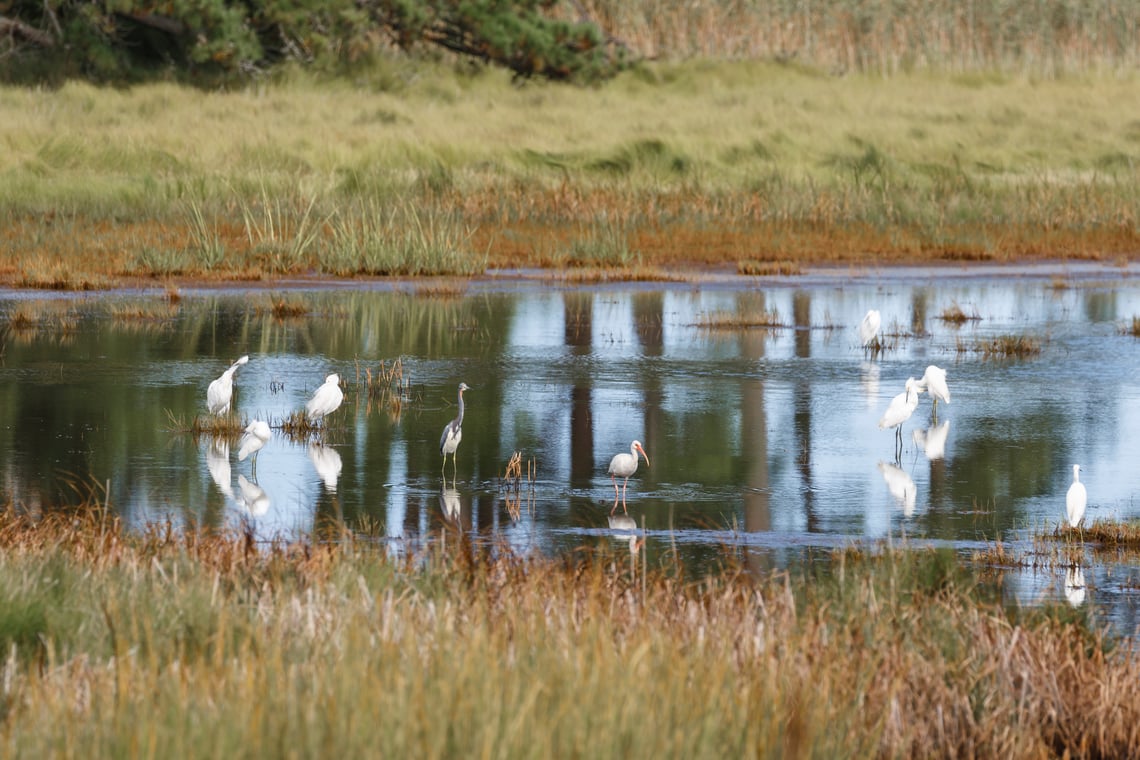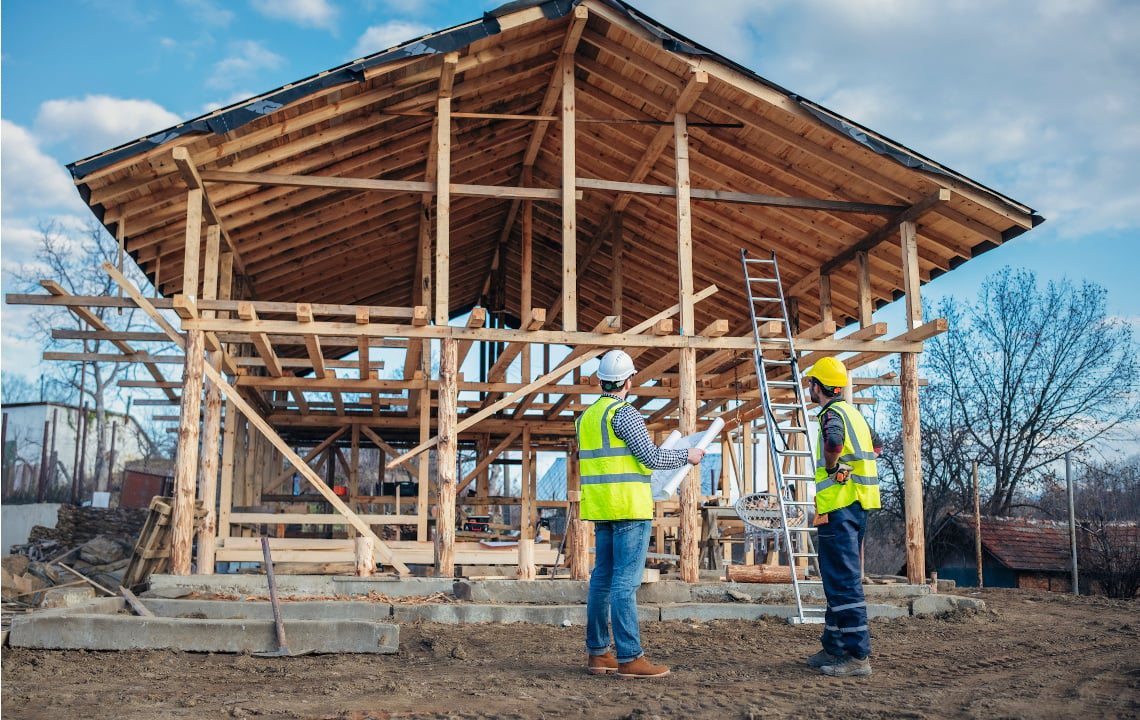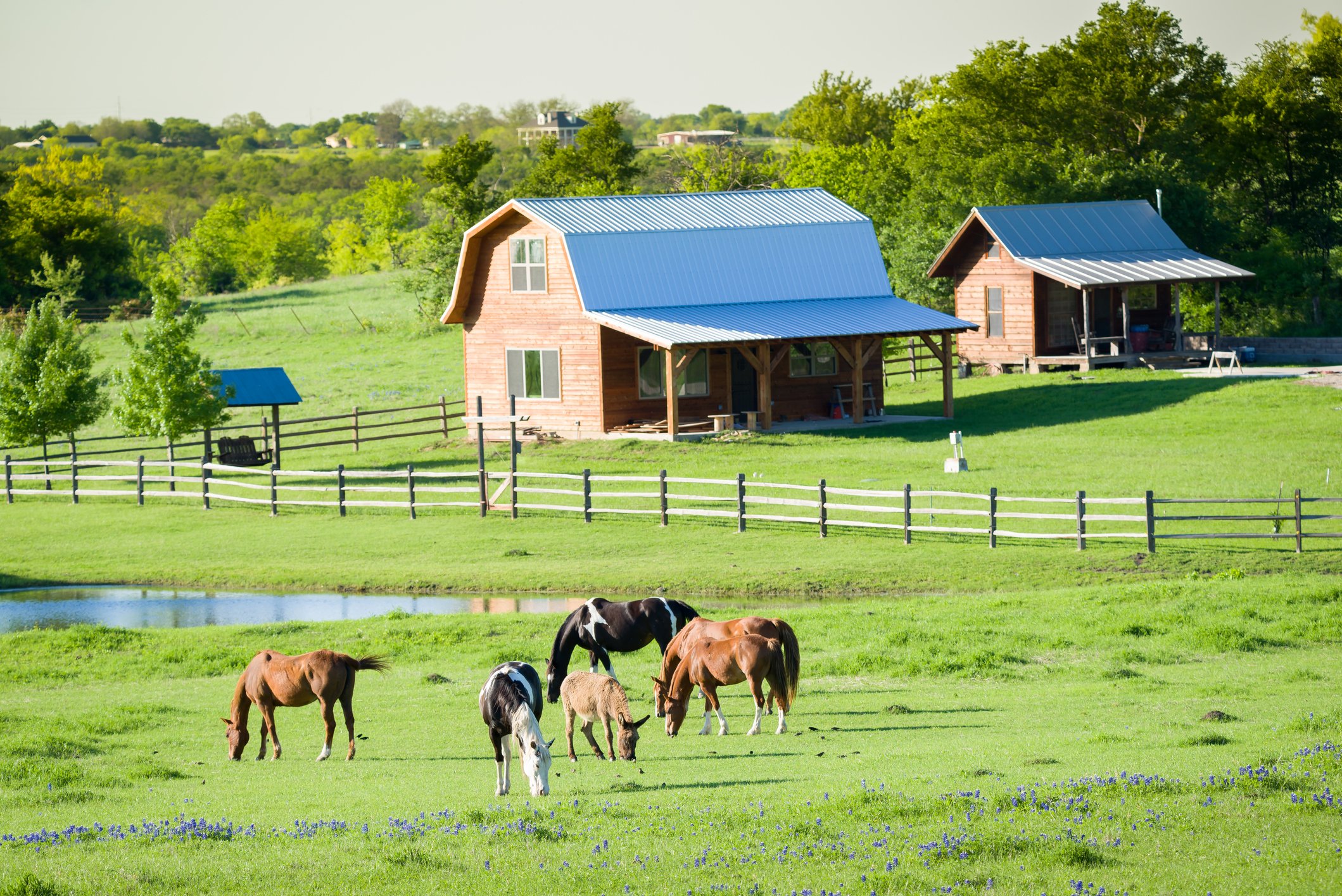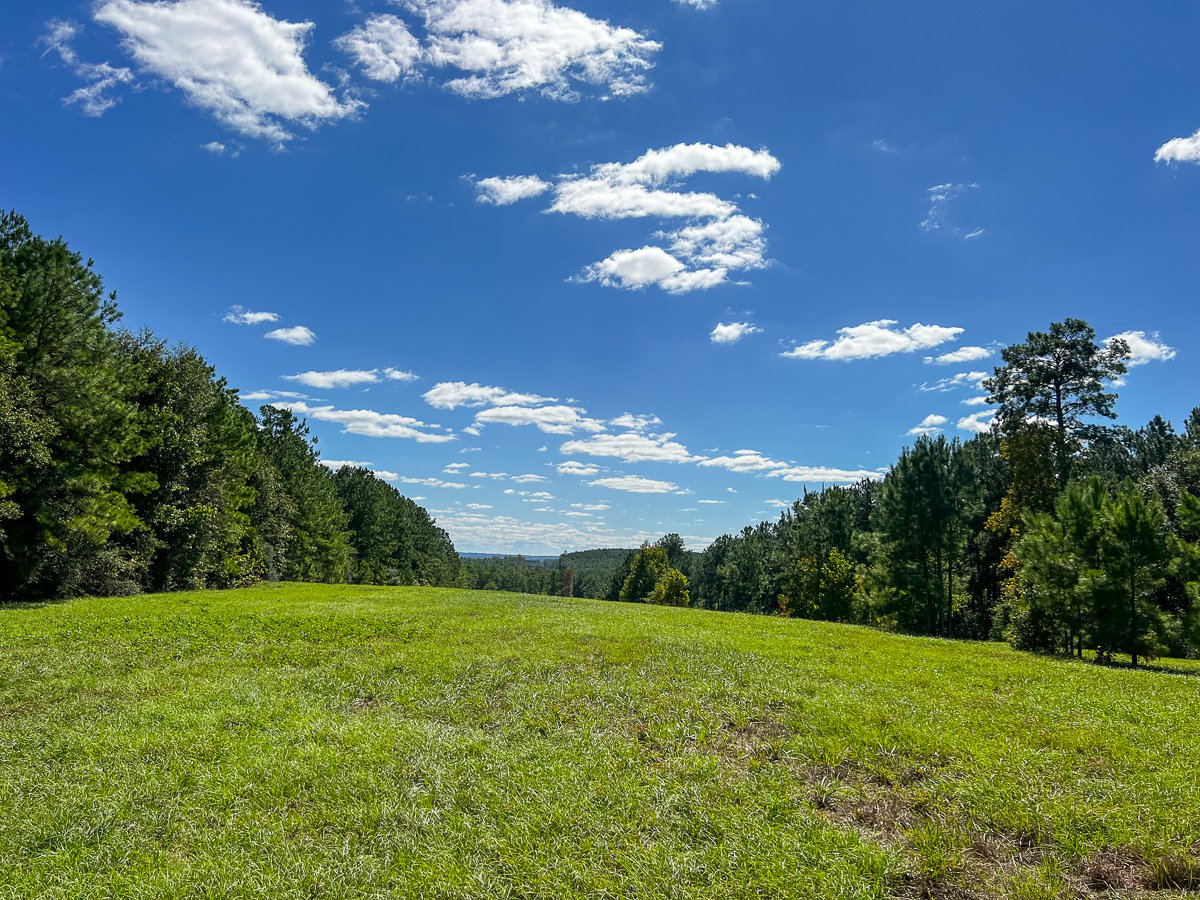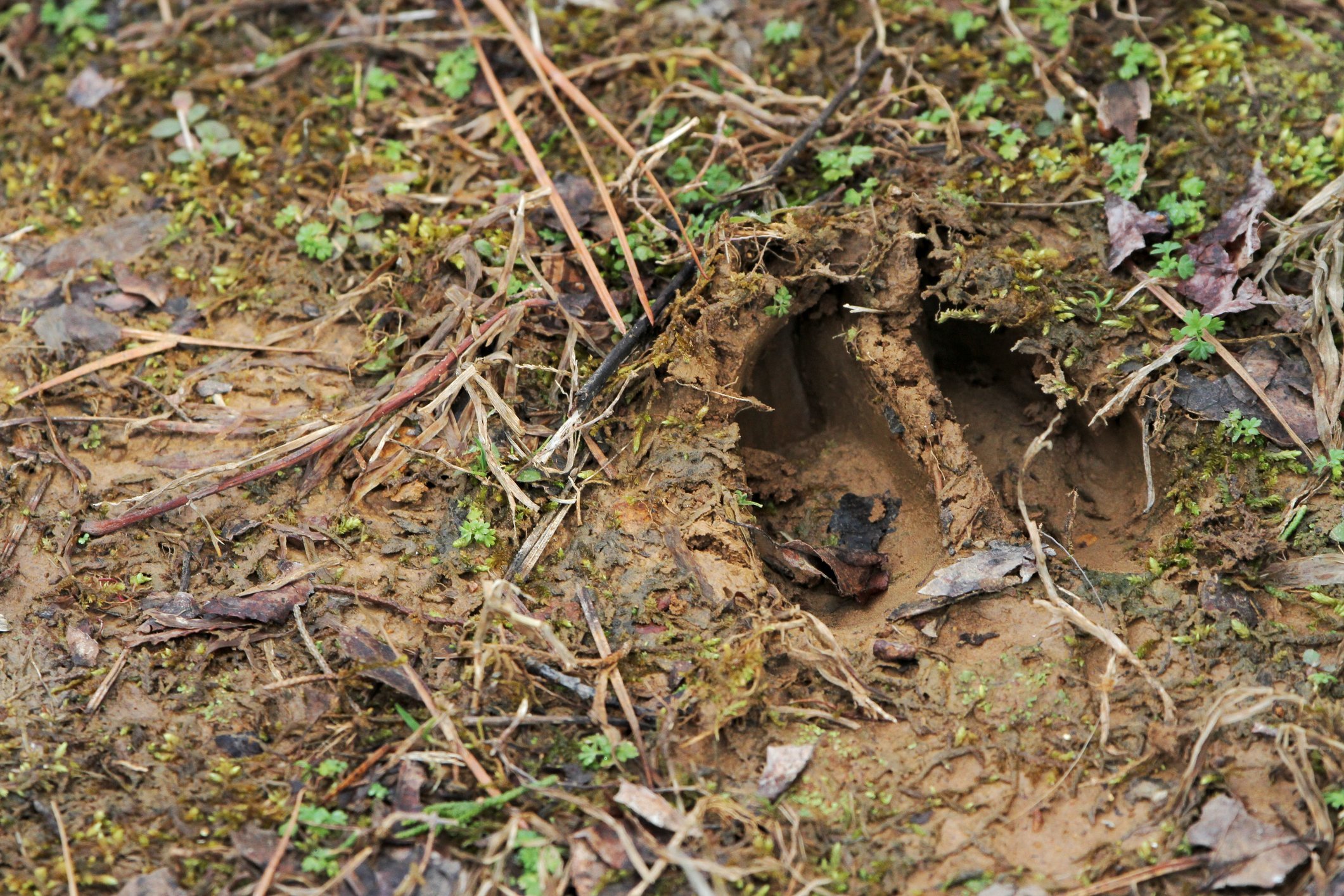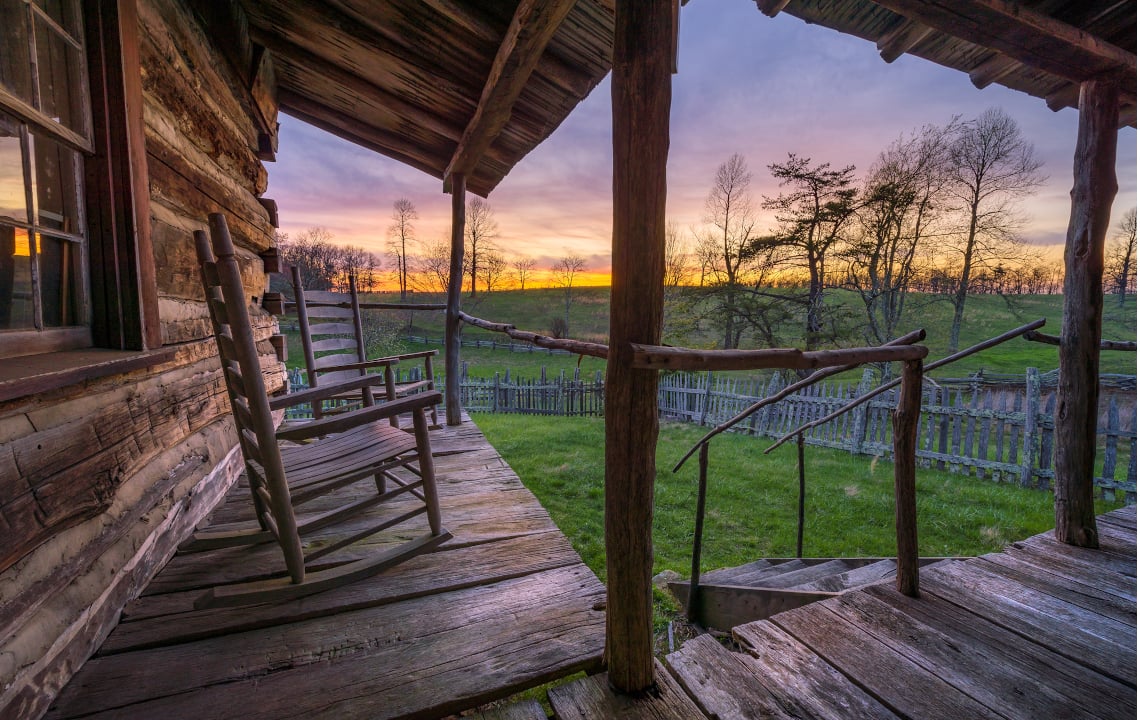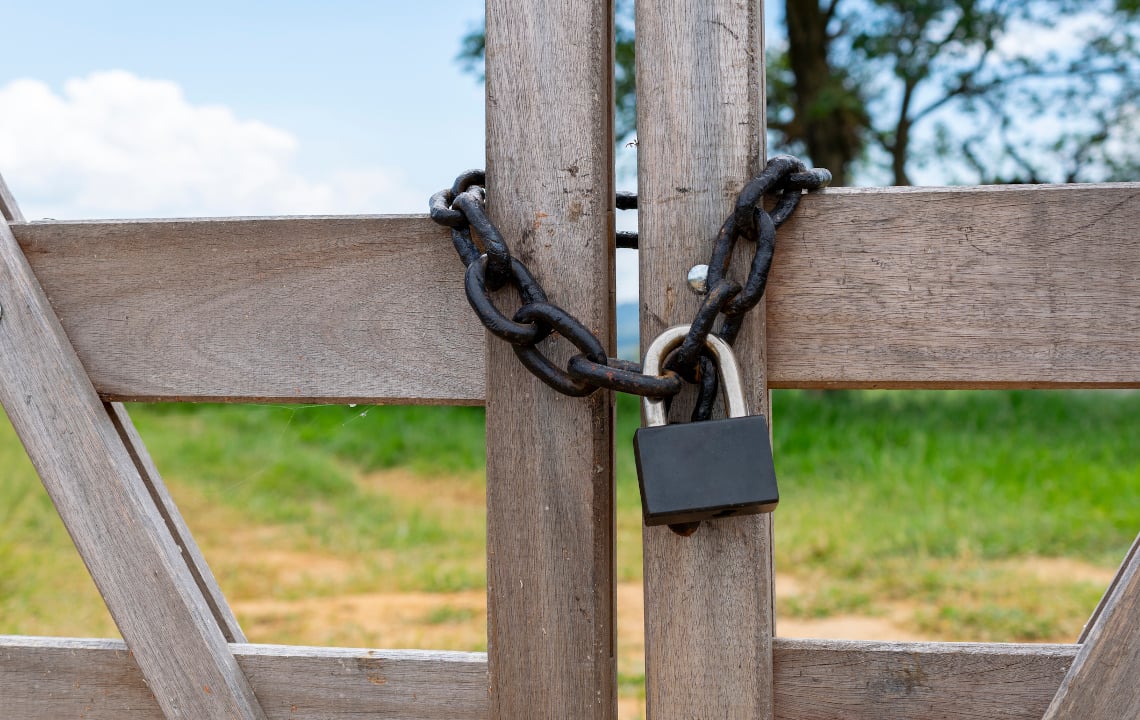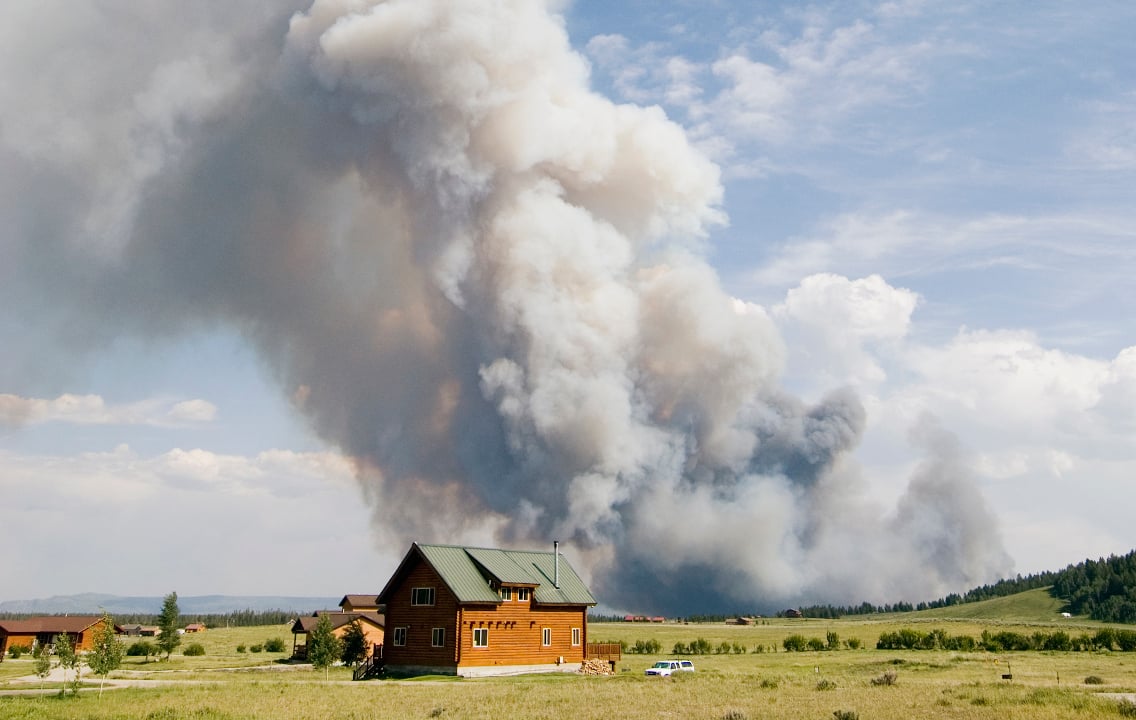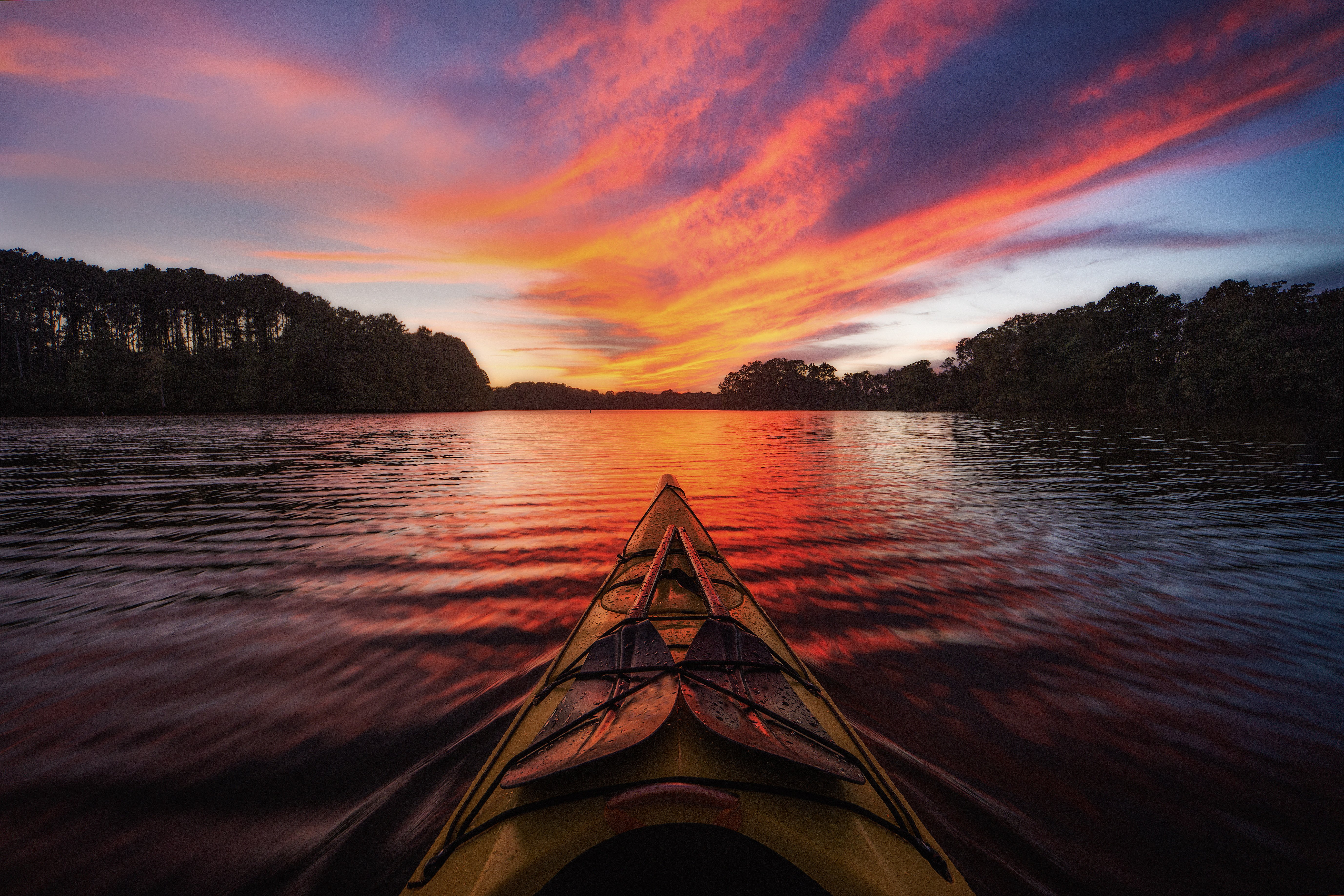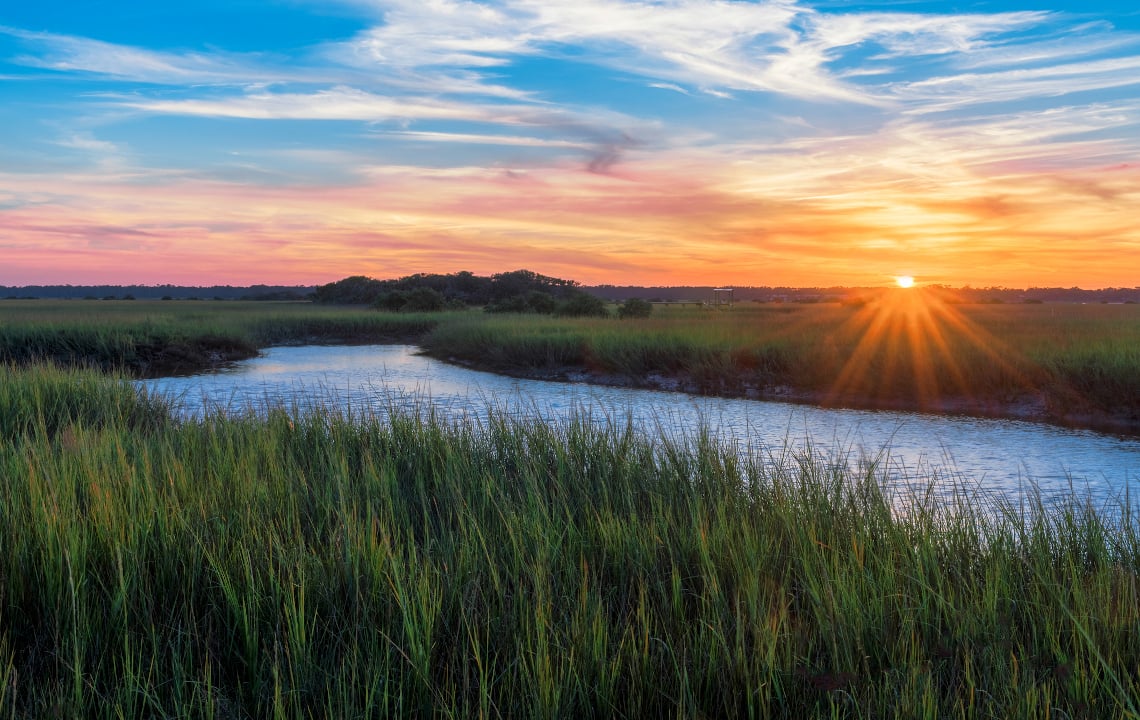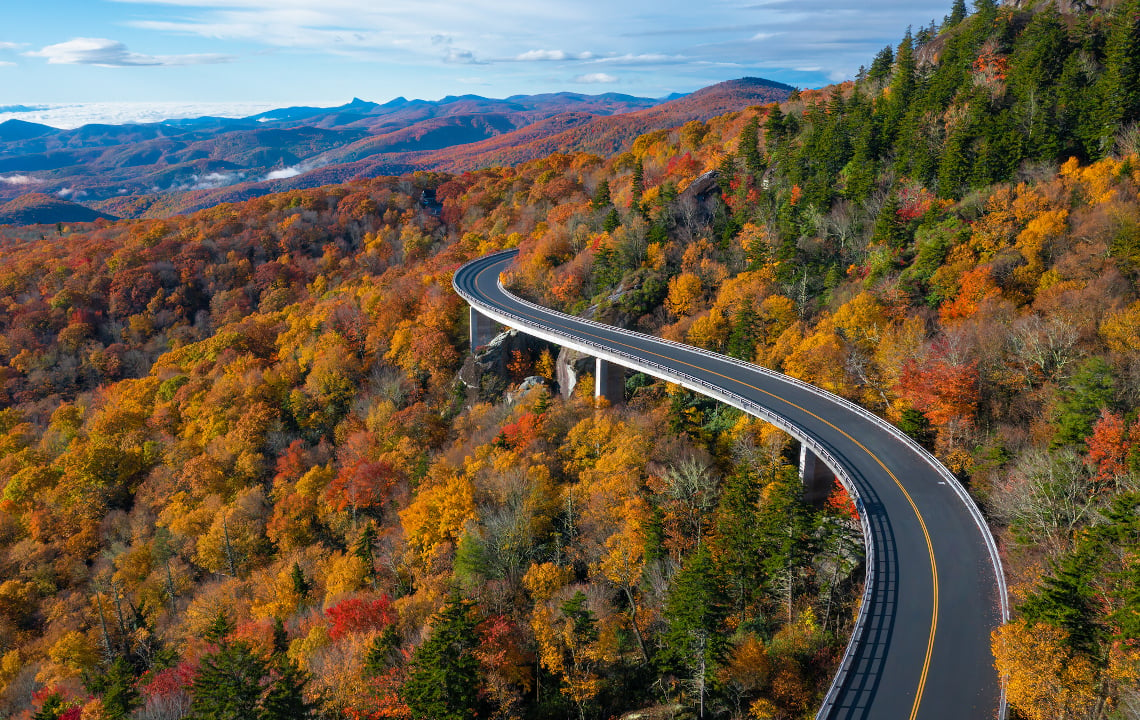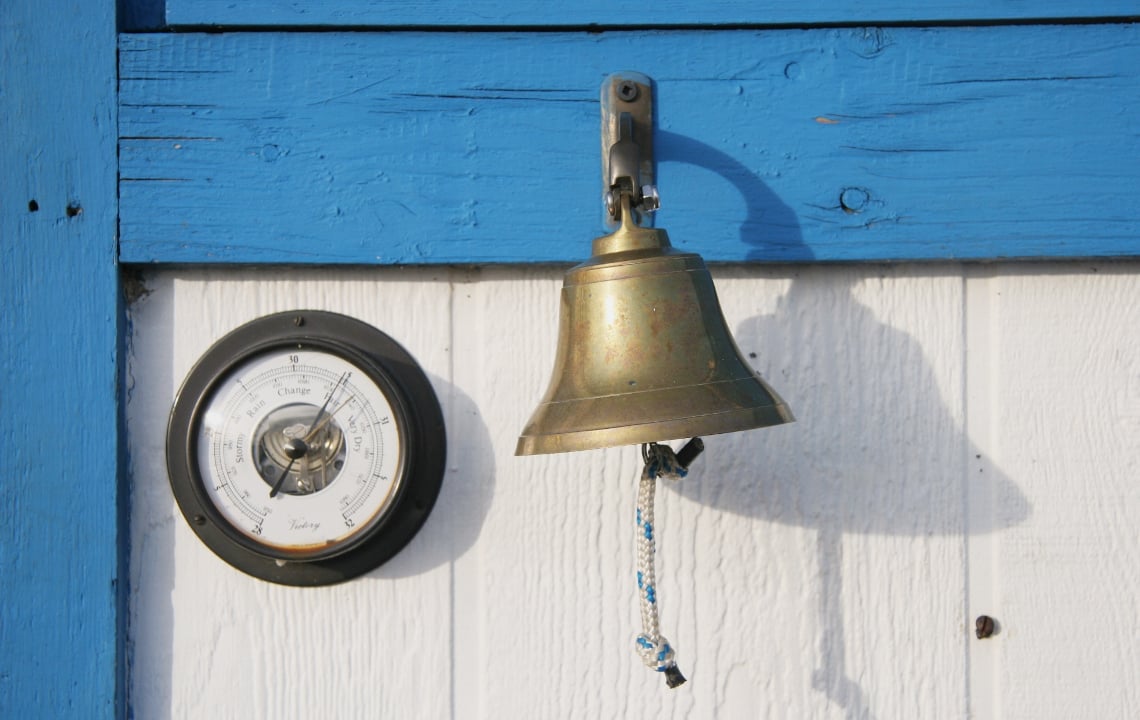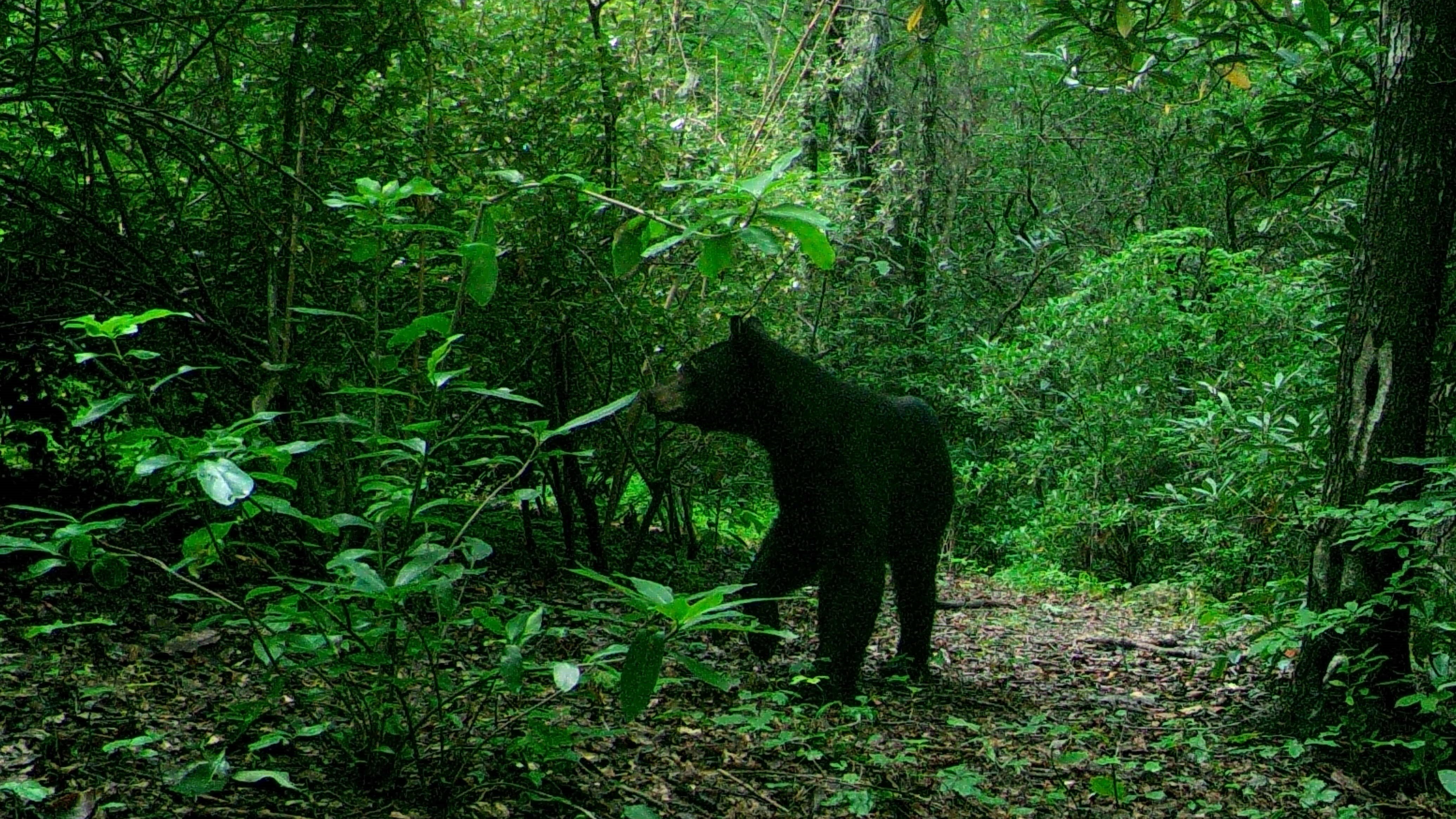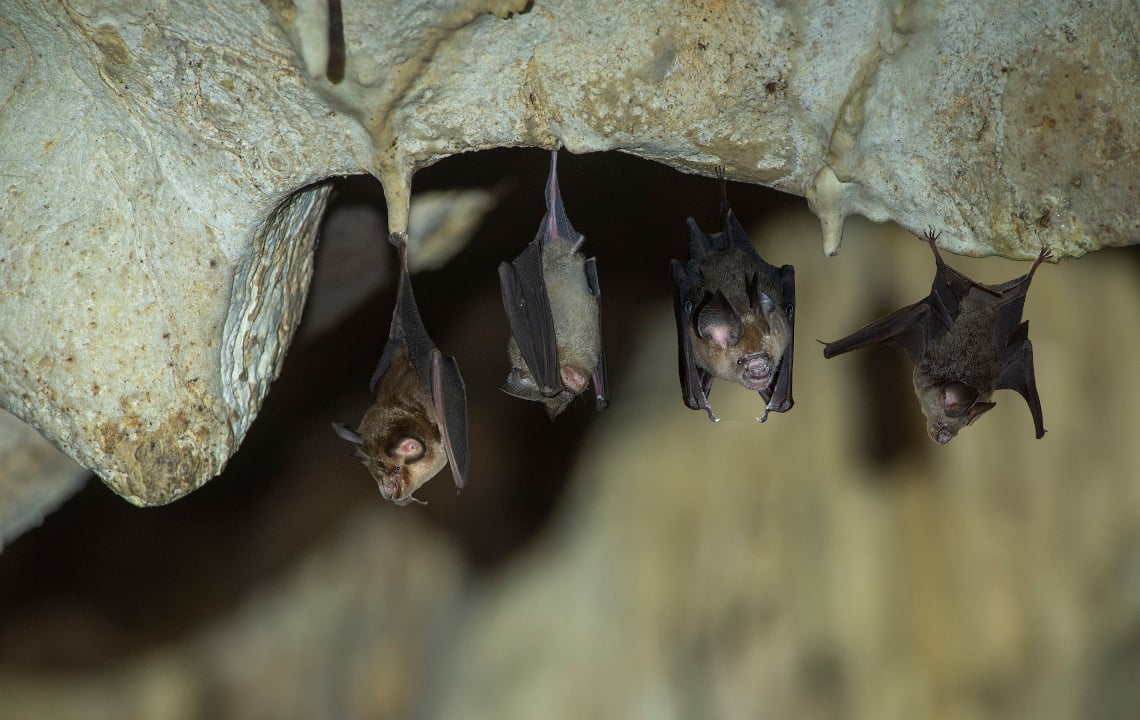Recently, American public lands have garnered attention across the media. For someone that lives in an urban setting, the idea that public lands exist gives them hope for nature and wildlife in our country.
What has not received as much attention is the colossal participation of private landowners into conserving and protecting landscapes and ecosystems across the country.
A UC-Berkeley Researcher, Luke Macaulay, recently published a paper shining a bright light on the importance of private lands in the US.
Macaulay found that 440 million acres of private land in the country is used for wildlife-associated recreation.
For those that have lived in the suburban/rural interface, you have seen family farms transformed into neighborhoods.
Thankfully, there is a way to encourage land conservation for private landholders that benefits both the wildlife and land owners.
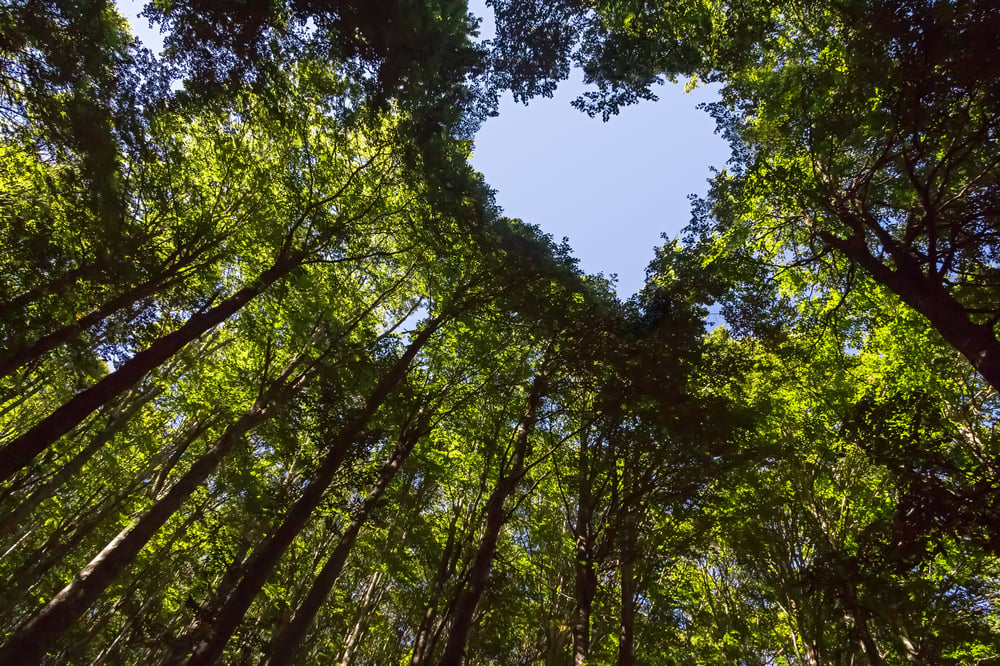
Doug Saunders is the CEO of Heritage Preservation Trust, a 501(c)(3) non-profit organization, that focuses on conservation. The main vehicle they use for their purpose is Conservation Easements. To date, Heritage Preservation Trust has helped protect over 20,000 acres across the Southeast.
“Conservation Easements place a permanent protection on a property’s conservation value”, says Saunders. This means that your piece of property will always be a site of conservation, not a neighborhood or factory.
Why would a landowner want to do go through with an easement and lose possible future profit? Saunders explained, “The Federal government has incentivized Conservation Easements. The landowner receives a tax deduction based on their land’s conservation value.”
Up to 50% of your Adjusted Gross Income (AGI) can be deducted with credits from a conservation easement.
Some land has more conservation value than others
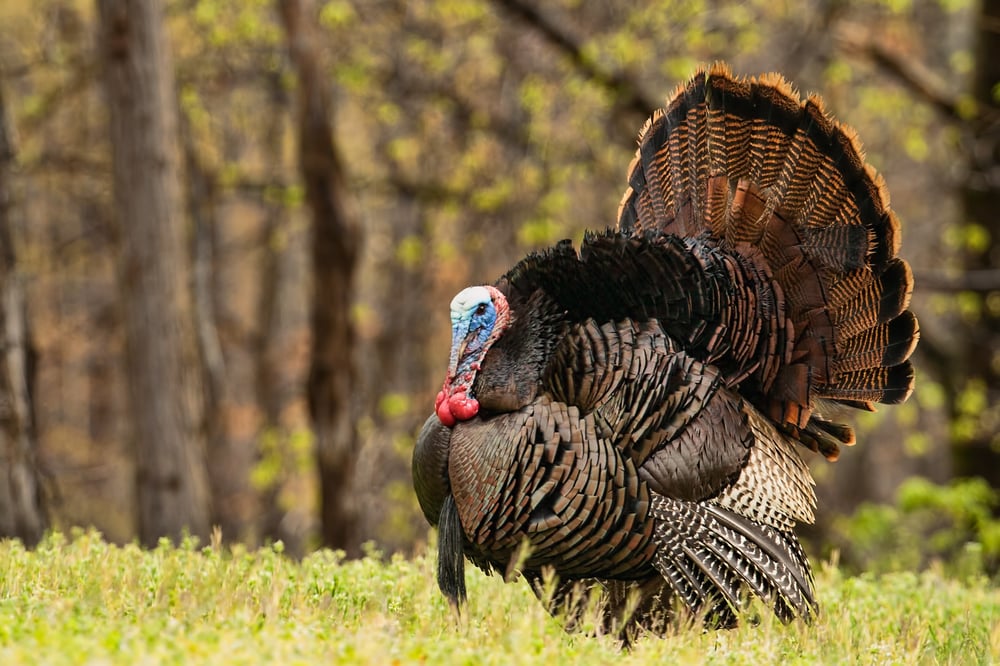
An undeveloped 10-acre property in the Atlanta city limits will have a higher conservation value than a 10-acre piece in a rural county with many acres of undeveloped land.
Also, having a rare plant or animal species will also increase the land’s conservation value.
The Federal Government has decided that this is an inexpensive way to preserve habitat, promote conservation, and help North American wildlife populations.
Just because land is in an easement does not mean it can’t be managed
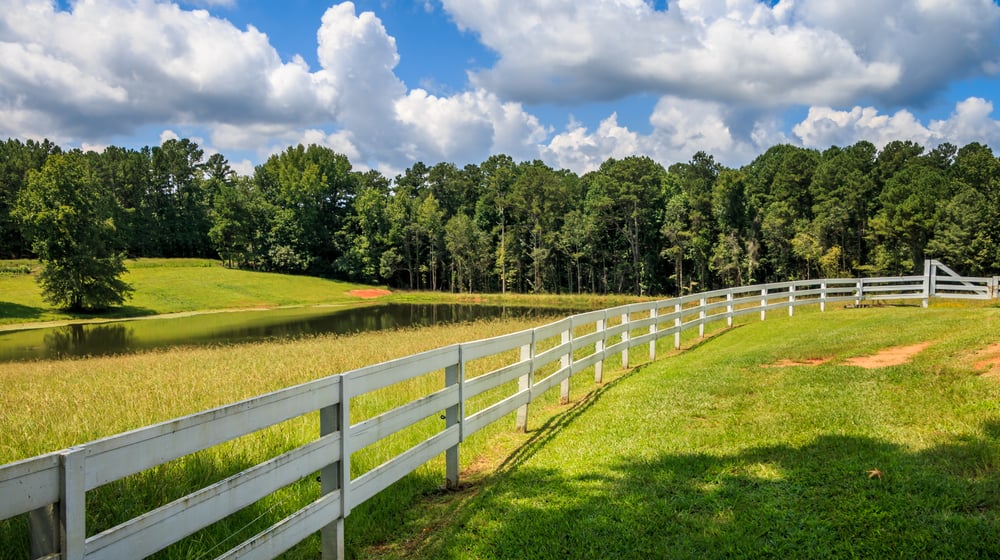
Wildlife managers agree that nature needs disturbances. Whether those disturbances are wildfire, prescribed fire, farming practices, or timber management, they all create great habitat conditions for many species of wildlife.
Saunders says, “Working lands can remain working lands”. The limitations on the easements can still allow land use to continue. Putting a conservation easement on a property has the ability to preserve a landscape for perpetuity in a time of urban sprawl.
As we covered in: How Florida's Fish and Wildlife Conservation Commission Will Help You Turn Your Land Into a Wildlife Paradise, many states have free programs that will help landowners design and improve their landscapes to attract, nurture and preserve wildlife and native plants.
For landowners and prospective landowners, Conservation Easements should be considered for your land. If your property meets one of four criteria in IRS code 170 H, it can be a possible conservation easement. Private Landowners are an integral part of conservation in America. Conservation cannot happen only on public lands, but with private partnership, wild lands and wild places can continue to exist for generations to come.


